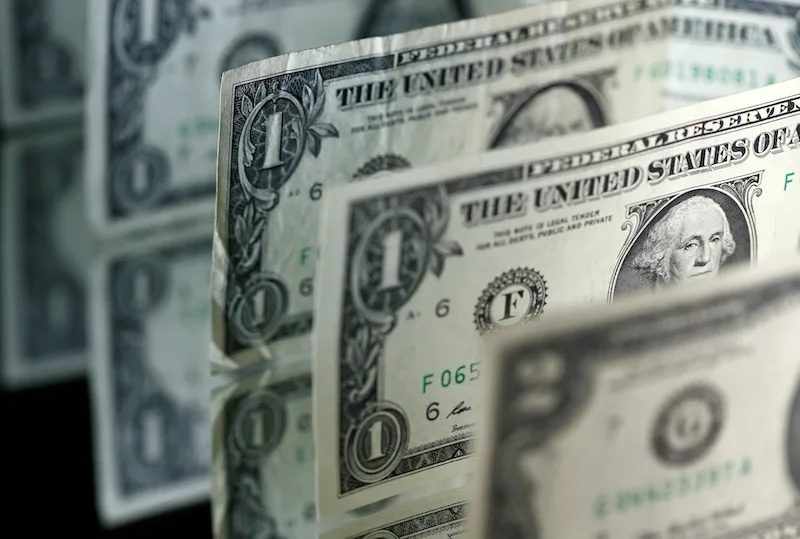Why we can’t count on the dollar’s downfall
- Date: 20-Jun-2023
- Source: Finextra
- Sector:Financial Markets
- Country:Saudi Arabia
Why we can’t count on the dollar’s downfall
The de-dollarization train is certainly picking up pace. Over the past few weeks, there have been growing suggestions that the dollar is about to lose its status as the dominant international currency.
In recent months,
Malaysia's Prime Minister declared there is “no reason for Malaysia to continue depending on the dollar”, while
China welcomed talks about a potential Asian Monetary Fund. Simultaneously,
international transactions in yuan have risen while China and France recently completed their
first LNG transaction in CNY.
China and Saudi Arabia have agreed to build a refinery for ¥83.7bn CNY without any payment in USD. Russian companies have issued bonds in CNY for a record amount of 7bn USD in 2022. Additionally, the Yuan has replaced the euro as Brazil’s second major foreign
exchange reserve. It’s therefore unsurprising that talk about the end of the dollar and China’s inevitable takeover is on the rise.
However, we’ve heard this song before. Some brief research found several articles published in English-speaking newspapers in 1975. The headlines stated that OPEC was looking to
sever all ties with the U.S. dollar. Kuwait’s oil minister at that time triumphantly announced a plan to enable oil prices to be denominated in a range of currencies (without specifying which currencies)






















